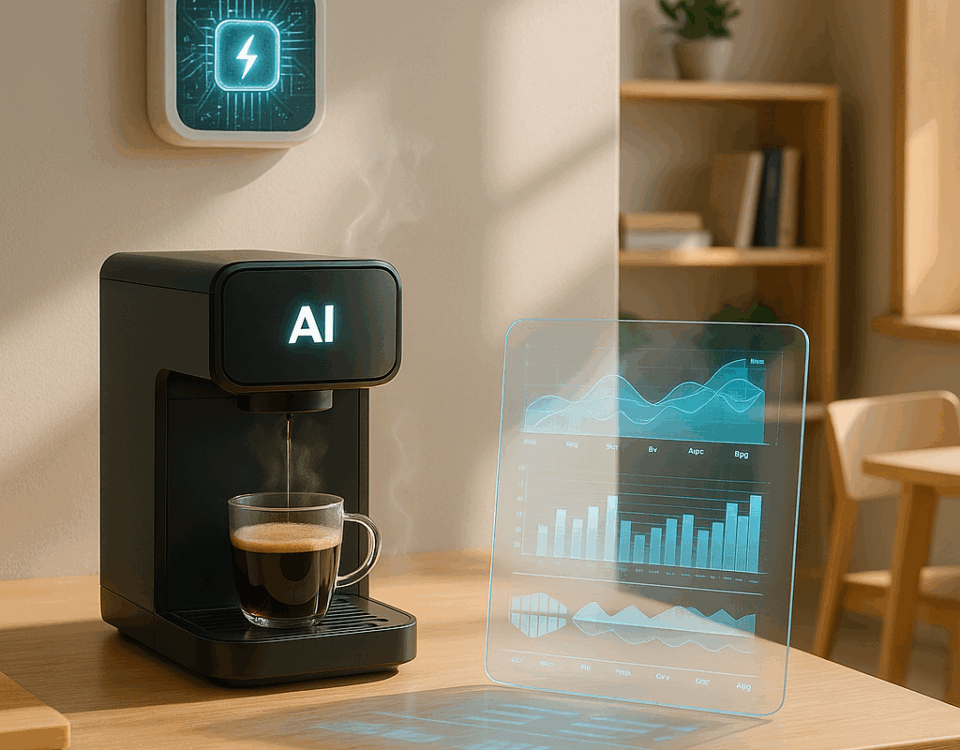
Transforming E-Commerce with AI-Powered Personalization
November 26, 2024Artificial Intelligence (AI), Machine Learning (ML), and Deep Learning (DL) are reshaping industries in revolutionary ways. From healthcare to finance and from sustainability to cybersecurity, these technologies drive innovation and create opportunities for global impact. Understanding the emerging trends in AI, ML, and DL is key to unlocking their full potential in the years ahead.
A Decade of AI Advancements
Over the past decade, AI has evolved from a buzzword to a business-critical tool. It now plays a central role in sectors like disease diagnosis, logistics, and fraud detection. Research is shifting from performance gains to addressing concerns around explainability, ethics, and integration with technologies like blockchain and IoT.
Emerging Trends in AI, ML, and DL
1. Explainable AI (XAI)
AI models are becoming increasingly complex—and often opaque. XAI aims to make decisions more transparent, especially in high-stakes sectors like healthcare and finance. Therefore, explainability is vital to building trust and regulatory compliance.
2. Federated Learning
Federated learning allows AI models to learn across decentralized devices without sharing raw data. As a result, it’s ideal for privacy-sensitive applications, such as healthcare and mobile devices.
3. Advances in Natural Language Processing (NLP)
Transformer models like GPT-4 and BERT have revolutionized NLP. These tools now power everything from chatbots and translation services to content generation with human-like fluency.
4. TinyML
TinyML enables ML on low-power devices like wearables and sensors. Consequently, it brings intelligence to the edge, promoting energy efficiency and enabling smarter, real-time decision-making.
5. AI + Blockchain Integration
Combining AI with blockchain boosts transparency and security in fields like supply chain management and finance. Blockchain ensures data integrity, while AI drives predictive and intelligent insights.
6. Ethical AI
As AI becomes mainstream, the call for fairness, transparency, and accountability grows louder. Ethical AI ensures algorithms avoid bias and promote equitable access across demographics.
7. AI in Healthcare
AI enhances diagnostics, treatment planning, and patient monitoring. In drug discovery, it accelerates research and reduces costs—bringing life-saving solutions to market faster.
8. Quantum AI
Quantum computing promises to exponentially increase AI’s capabilities. In the future, it will solve complex problems in cryptography, physics, and financial modeling far beyond today’s limits.
Future Research Directions
1. Interpretable and Ethical AI
The next generation of AI models must explain their outputs while aligning with human values. Future research will prioritize interpretability and fairness.
2. Human-AI Collaboration
AI won’t just automate tasks—it will collaborate. In fields like art and industrial design, co-creative systems will augment human creativity and problem-solving.
3. Sustainable AI Development
The environmental impact of AI is a growing concern. Energy-efficient models and green data centers are essential for sustainable deployment.
4. Deep Learning Innovation
Deep Learning continues to evolve. Researchers are refining architectures for better accuracy in tasks like image recognition and predictive analytics.
5. Integration with Emerging Tech
Blending AI with IoT, blockchain, and edge computing expands its reach. These integrations offer faster processing, stronger security, and real-time insights.
6. AGI (Artificial General Intelligence)
Unlike narrow AI, AGI aims to replicate human reasoning. Though still in early stages, it’s a long-term goal driving research in meta-learning and neural networks.
7. AI for Social Good
Future AI applications will address major social challenges—from disaster relief and poverty to public health and education equity.
AI in Industry 4.0 and Beyond
AI drives both Industry 4.0 (automation and smart factories) and Industry 5.0 (human-centered, sustainable innovation). It powers advancements in:
-
5G connectivity
-
Network security
-
Virtual/augmented reality
-
Predictive manufacturing
Together, these tools shape a future where humans and intelligent systems collaborate for efficiency and impact.
Key Applications Across Sectors
• Healthcare
AI supports diagnostics, personalized treatments, and predictive patient monitoring.
• Energy Management
AI optimizes smart grid efficiency and renewable energy usage.
• Creative Arts
GANs and generative models are transforming art, design, and music.
• Cybersecurity
AI enhances threat detection and adaptive response systems for real-time protection.
Conclusion: The Path Ahead
Emerging trends in AI, ML, and DL are accelerating innovation across every sector. But the path forward requires thoughtful alignment with ethics, inclusion, and sustainability. To ensure responsible innovation, collaboration among researchers, businesses, and policymakers is essential.
In conclusion, the future of AI is not just about smarter machines—but about building smarter, fairer, and more connected societies.
References:
Rane, N. L., Paramesha, M., Rane, J., & Kaya, O. (2024). Emerging trends and future research opportunities in artificial intelligence, machine learning, and deep learning. In Artificial Intelligence and Industry in Society 5.0 (pp. 95-118). Deep Science Publishing. https://doi.org/10.70593/978-81-981271-1-2_6.
Rane, J., Mallick, S. K., Kaya, O., & Rane, N. L. (2024). Artificial intelligence, machine learning, and deep learning in cloud, edge, and quantum computing: A review of trends, challenges, and future directions. In Future Research Opportunities for Artificial Intelligence in Industry 4.0 and 5.0 (pp. 1-38). Deep Science Publishing. https://doi.org/10.70593/978-81-981271-0-5_1.










